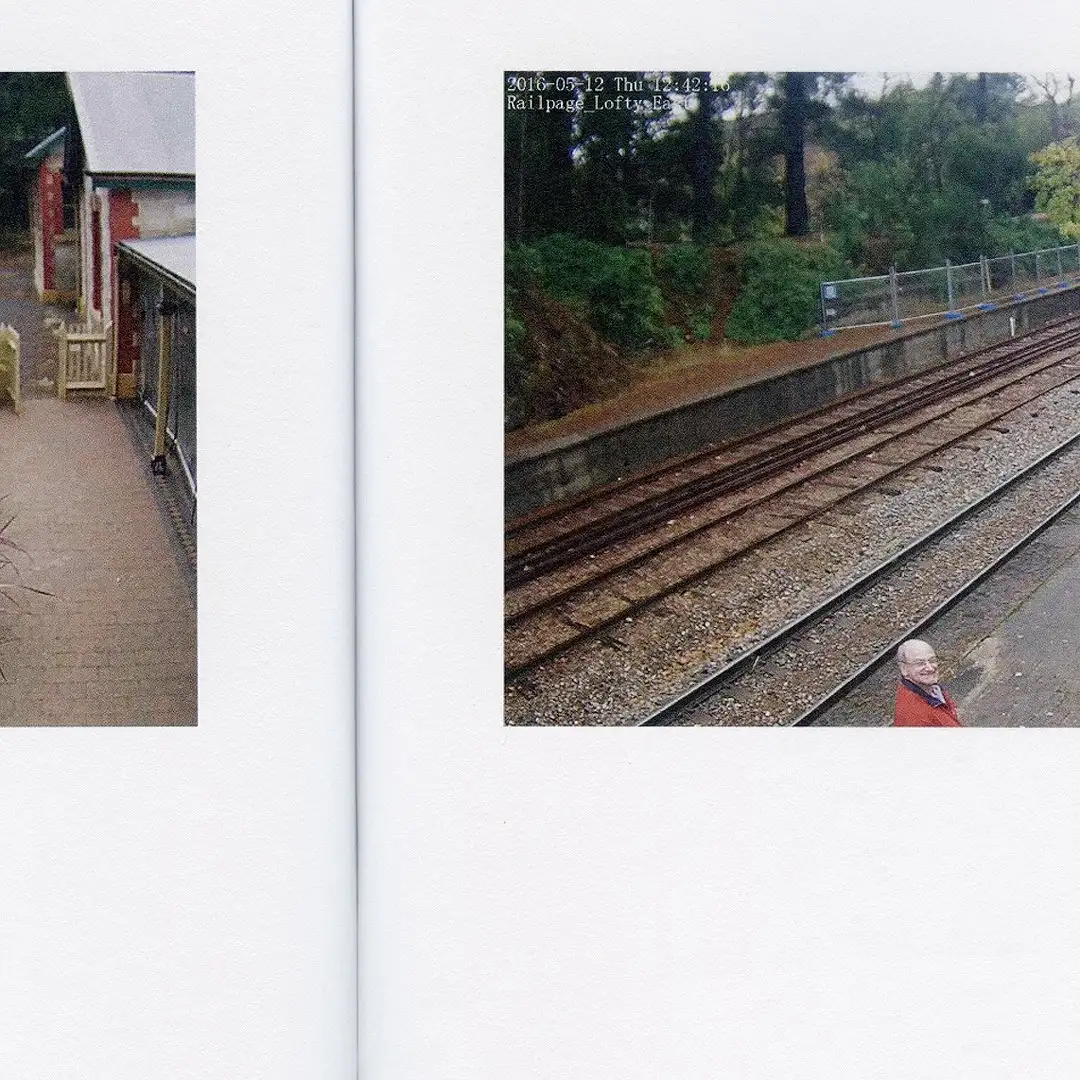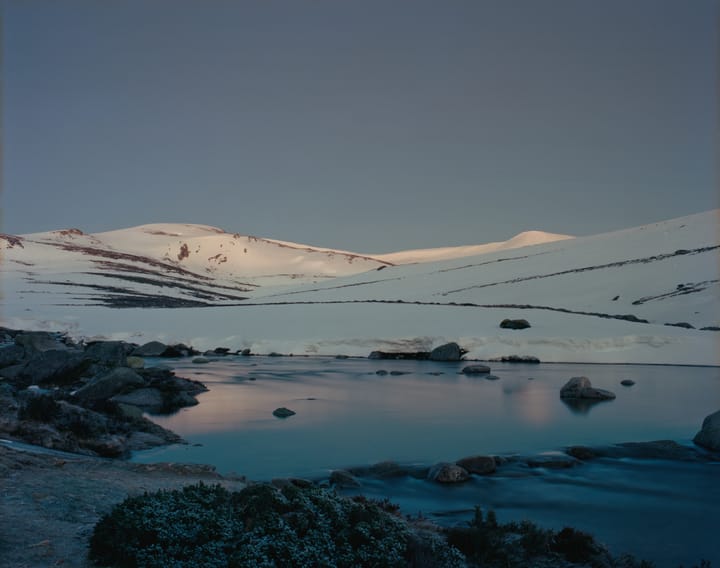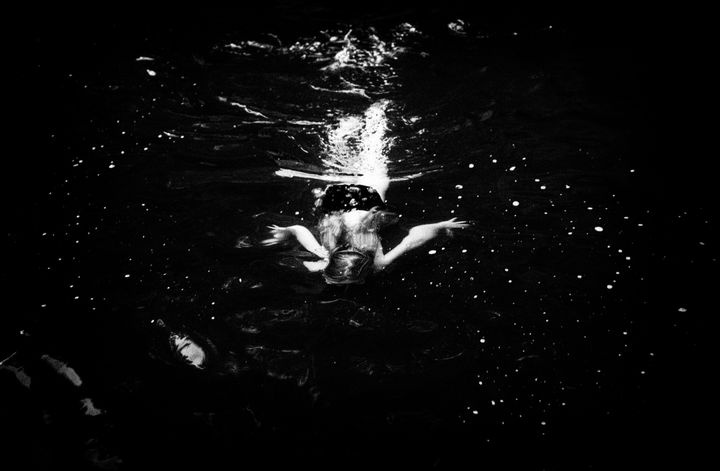‘Railfans’ or ‘foamers’ — similar to birdwatchers — comprise a niche but very entrenched group of hobbyists in Australia: train-watchers. To the surprise of many Australians and to Melbourne-based photographer Fraser Stanley, so ardent is this subculture about locomotives that some have taken to constructing elaborate networks of motion sensitive cameras along railway lines around the country with thousands of images (intended to be images of trains) uploaded to an archive: Railcam. These Railcams function similarly to animal tracking and surveillance cameras in that they are triggered by motion; anything that enters the field of vision of the camera is recorded.
It was during his time at Monash University that Stanley would peruse the Railcam archive with little to no intent other than curiosity. “As a distraction from my studies, I would often find myself trawling through this vast digital archive,” says Stanley. “The interface only permits the viewing of 25 or so images at any one time, so when a curious bird investigates the camera or a spider decides to build a web, thousands of images are recorded. The process of navigating the archive is therefore tedious and slow, yet strangely compelling.”
As Stanley continues, what began as a pastime collecting images soon took shape as a body of work as “unintended and bizarre compositions would emerge from the incidental recordings, alongside peculiar aberrations” and the photographer began a curatorial process that initially saw the results posted to an Instagram account. Since then the project now reconsiders this archive in the form of an artists’ book. Comprising imagery from six cameras in three locations, the book is centred around the now non-existent cameras at Mount Lofty station in South Australia.
Railcam (18.11.2014 – 21.03.2018) is now being printed on demand in an open edition through Spooky Books. Across the publication’s 71 pages, a procession of rusty shipping containers is interrupted by the cameras’ unintentional subjects: wildlife, acts of crime, acts of kindness and scenes of unashamed banality unfold. “There are many instances of the camera recording other cameras and the intended audience for these images would often be captured too,” says Stanley. “There is something interesting that occurs when these fundamentally digital images become reproduced on the printed page.”




